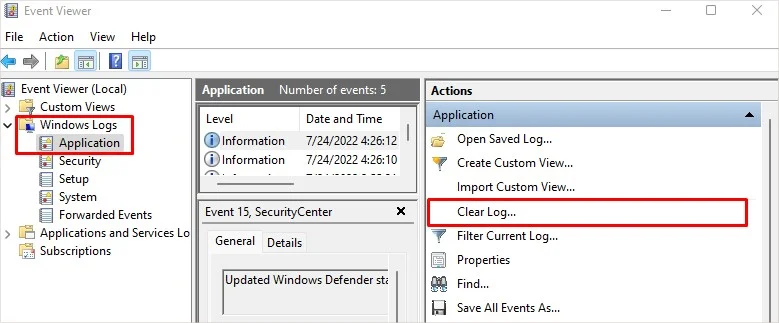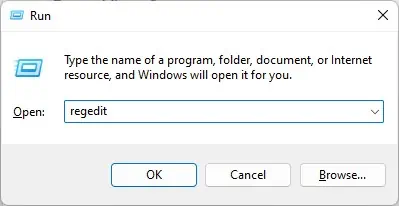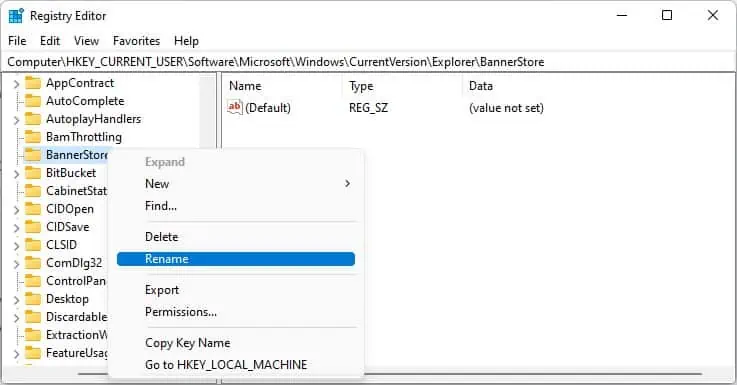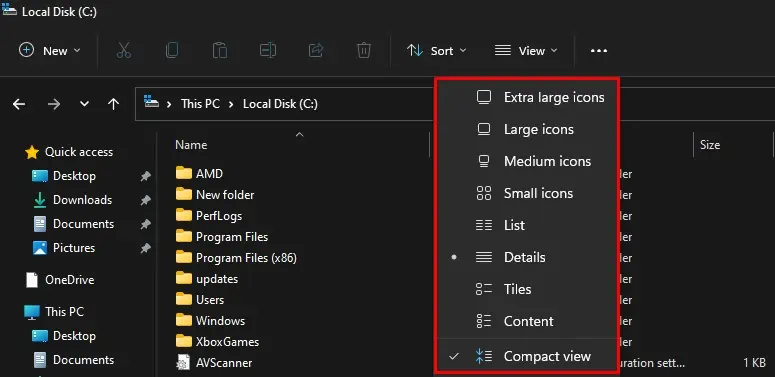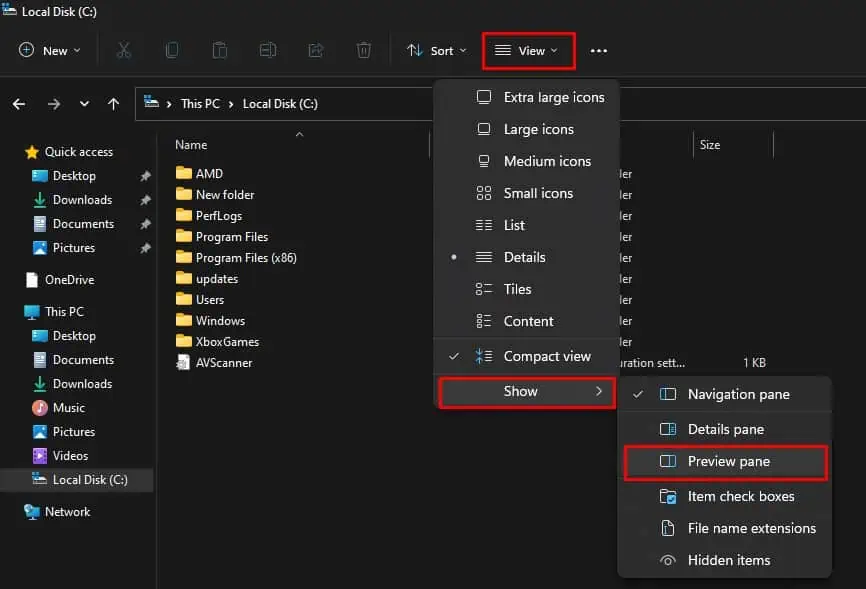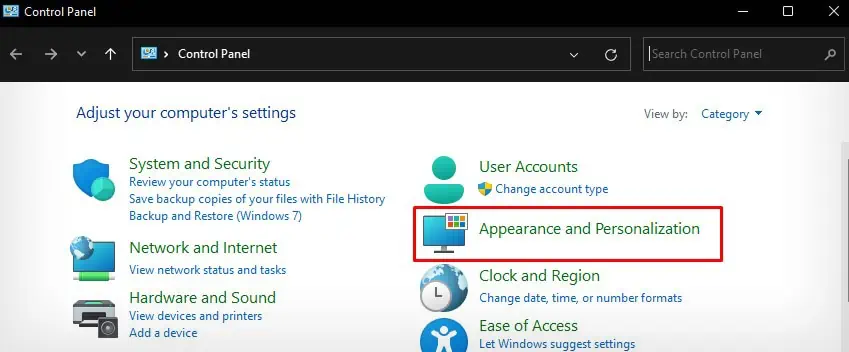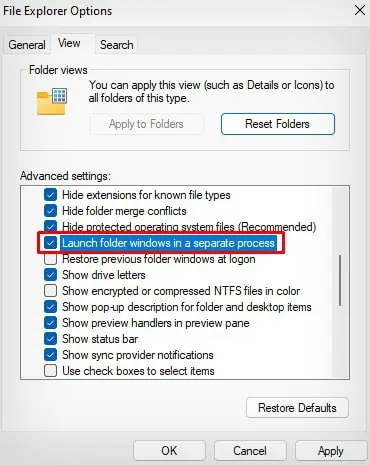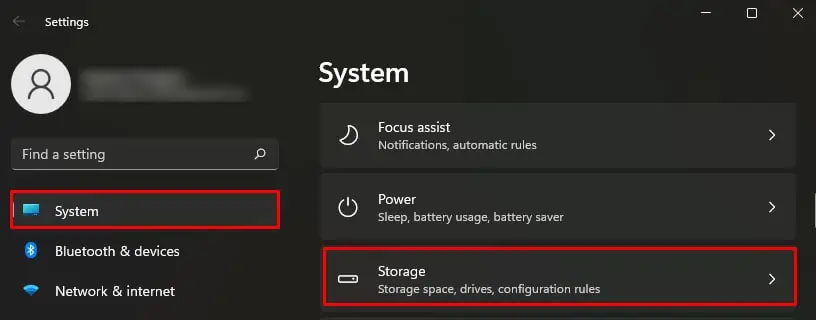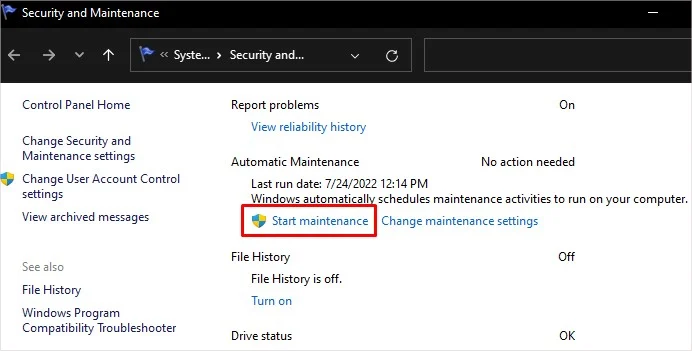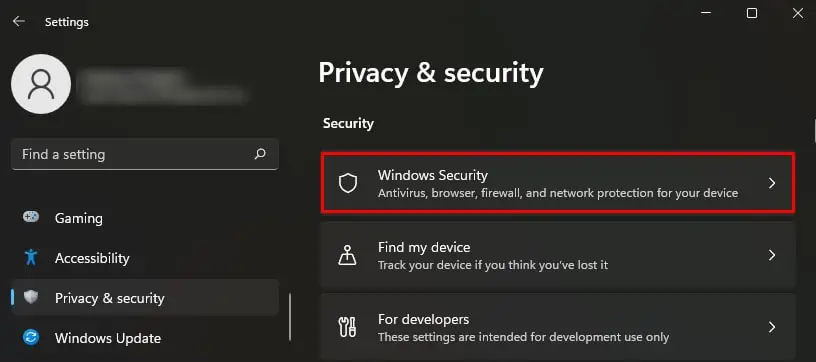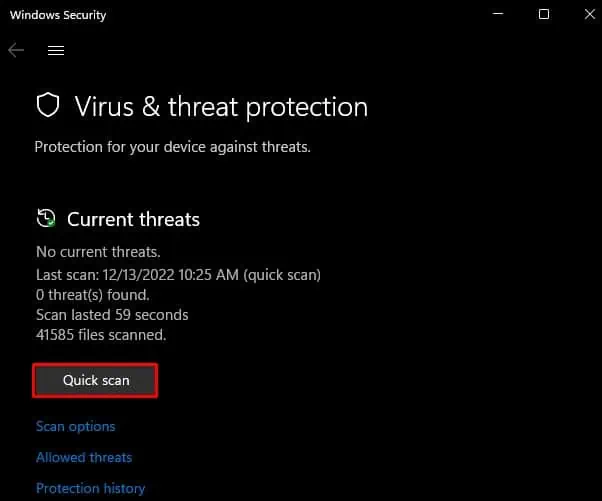Windows is not unfamiliar to many common errors, and issues with File Explorer is also one of them. However, there are variations of it. For instance, you might experience the Explorer crashing more often when simply moving or creating a new folder. Or while you’re merely surfing through the folders.
Sometimes, it can also crash when opening Quick Access. It might also freeze or close on its own, show the “Not Responding” message, or sometimes won’t open at all. In these cases, it’s also important to notice how frequent or serious of an error you’re facing. This can indicate a need for different solutions.
While the File Explorer crashing issue is quite vague, it has many different reasons. Some of them are listed below:
- Wrong system settings
- System files are corrupted or missing
- Buggy or faulty third-party software
- Potential viruses
- Outdated Windows version
- Files can’t manage permissions
- Minor bugs
- Changes to Registry
- Issues with GPU
How to Fix When Windows Explorer Keeps Crashing?
Before moving to other fixes, you should first try killing the explorer.exe process from Task Manager and then restart the computer. It often solves the problem.
Likewise, you should also bear in mind that running too many applications in the background can cause Explorer to crash. So, make sure you have closed all the unnecessary background apps using Task Manager.
- Press Ctrl + Shift + Esc keys at the same time to open Task Manager.
- On the Task Manager window, jump to Details tab.
- Scroll down
explorer.exeand right-click over it. - Choose End Task.

- Once the task ends, restart your computer.
Note: Please note that everything will go blank after ending the explorer.exe process. So, to restart the computer, press Windows + L keys. Then click the power icon on the lower right corner and choose the Restart option.
Check Event Viewer to Find the Cause
Windows event viewer creates a log of events responsible for causing issues on your computer. You can also use it to see what caused Windows explorer to crash and then act accordingly.
- Hit Windows + R.
- Type
eventvwrand press Enter. It will open Event Viewer application. - Double-click Windows Logs.
- Choose Application.
- Click Clear log under Actions on the right pane.

- Click Clear in the popup.
- Now start to use Windows Explorer as usual. Please open the Event Viewer and see the logs created as soon as the Explorer crashes again.
- Click the error log and select General > Details to read about it.

- However, if the Event Viewer cannot figure out the cause, you can proceed with the other fixes discussed below.
Remove External Storage Devices
If you face an issue after connecting an external storage device to the computer, chances are there that the device is corrupted or faulty. Or they are infected with malware and viruses.

So, if you have made the settings to open the USB device’s files as soon as after inserting it into your computer, Explorer fails to read the data on the device and stops responding. Ultimately, it crashes. Therefore, consider removing any devices connected to the computer and see if you still encounter the error.
Modify BannerStore Registry Key
As reported by many users in the forum, they were able to solve the issue after modifying the BannerStore registry key. The key typically deals with buffer overflow issue, which is most of the time responsible for crashing Windows Explorer. It also solved the Explorer crashing problem when the users clicked the Date and Time panel on the taskbar.
- Open Registry Editor. You can either open it from the Windows search box or through Run.
- To open it from Run, Hit Windows + R. Type
regeditand press Enter.
- Now on the address bar of Registry Editor, copy and paste
Computer\HKEY_CURRENT_USER\Software\Microsoft\Windows\CurrentVersion\Explorer\BannerStore - Rename the BannerStore folder as BannerStoreOld.

- Restart your computer, and you should not face issues any longer.
Change the View Type
Suppose you have adjusted the Explorer settings to see every detail like date created, date modified, file type, and size after launching a folder. In that case, it can take Explorer considerable time to retrieve the details if working on a number of files. It causes File Explorer to lag and ultimately crash. Therefore, it would help if you changed the folder view type.
- Launch the folder that is causing a crash on your computer.
- Click View on the top of the folder window.

- Choose options other than Details and see if it fixes the issue.

Disable Thumbnails
Thumbnails are the small pictorial representation of a file shown when you launch a folder on your computer. Chances are there that the files are corrupted, and Explorer is having a hard time retrieving those thumbnails. So, it is always a better idea to disable them.
- Open File Explorer Options.
- Go to View tab and uncheck Display file icon on thumbnails.

- Next, check Always show icons, never thumbnails option.

- Click Apply > OK.
Disable Preview Pane
The preview pane is a feature on File Explorer that shows a quick preview of a file on the right-hand side of a window. In case you are working with damaged files, Explorer can not retrieve the quick view, which can result in the crash of the entire Windows Explorer. So, you can choose to turn off this feature.
- Launch File Explorer.
- Click View tab on the top of the window.
- Choose Show from the list of options.
- Uncheck Preview pane.

Clear Explorer History
File Explorer keeps records of each and every file you access using it inside this folder C:\Users\UserName\AppData\Roaming\Microsoft\Windows\Recent. Over time, the files inside this folder can get corrupted. As a result, when File Explorer tries to retrieve them in the Quick Access section, it fails and possibly can crash. Therefore, clearing the Explorer history can be helpful.
- Hit Windows + R.
- Type
controland hit Enter to open Control Panel. - Now click Appearance and Personalization.

- Choose File Explorer Options.

- Click Clear button under Privacy section.

Use Separate Windows for Separate Folders
Using a separate window for separate folders can be helpful if you work on multiple folders at a time. When you activate this feature, it won’t affect other folders when one of them crashes.
- Open File Explorer Options. You can either access it from Control Panel or Windows search box.
- Jump to View tab.
- Scroll under Advanced settings and check Launch folder windows in a separate process.

- Click OK.
Remove Temporary Files
The next solution is to remove temporary files from your PC. The unnecessary files like DirectX shader cache, Internet cache, and thumbnails can slow down the computer, ultimately causing Explorer to act slow and crash. Therefore, consider removing those temporary files. Here’s how:
- Open Settings on your PC. You can do it by hitting Windows and I keys together.
- Choose System > Storage.

- Tap Temporary files and click Remove files on the next screen.

Repair System Files
The Windows Explorer crashing issue can also arise due to system file corruption. So, it would help if you repaired the system files. Windows provides built-in tools like DISM and SFC (System File Checker) to sort out the system file error that is possibly causing File Explorer to crash.
- Hit Windows + R and type cmd in the text field.
- Then press Ctrl + Shift + Enter to run Command Prompt with administrator rights.
- Type
SFC /scannowand press Enter.
- Once the SFC scan completes, type
Dism /Online /Cleanup-Image /RestoreHealthand hit Enter to run the DISM scan.
Use the Maintenance Tool
Windows incorporates a system maintenance tool to fix errors and compatibility issues within your computer. The maintenance tool runs periodically on a schedule to ensure your PC’s best performance. However, you can also run it manually to fix problems existing within Windows.
- Open Run application. You can hit Windows + R keys to open it.
- Then type
controland press Enter key. - Choose System & Security > Security and Maintenance.
- Click Maintenance > Start Maintenance.

Fix Issues With Searching and Indexing
You can easily search and locate the files and folders across your computer using the search feature in Windows Explorer. However, the searching and indexing features cease to work sometimes, and the search process is interrupted. It can cause the file explorer to lag and even crash sometimes.
- Hit Windows + I keys on the keyboard. It will open Settings.
- Now choose System > Troubleshoot.

- Click Other troubleshooters.

- Click Run beside Search and Indexing.

Run a Virus Scan
As reported by many users, a virus on their system may cause the File Explorer to crash. Viruses can consume a significant amount of RAM and CPU, ultimately slowing down the performance and causing the Explorer to crash. So, please give the virus scan a shot. If you have an antivirus installed, use it for scanning. Otherwise, you can use the built-in Quick Scan feature to get the job done.
- Open Settings and choose Privacy & security menu from the left pane.
- Then click Windows Security > Virus & threat protection.

- Tap Quick Scan to start the scan.

Use Other File Explorers
Now that you have gone through the fixes discussed above, you have probably figured out a solution. However, if you still can not sort it out, there is possibly a problem with the version of Windows you are using. You can opt to reinstall Windows at any time and fix all the existing issues.
However, there are also other alternatives to File Explorer you can use without any issues. You can go through our detailed guide on the best file manager in Windows and use any of them to replace Windows Explorer.



